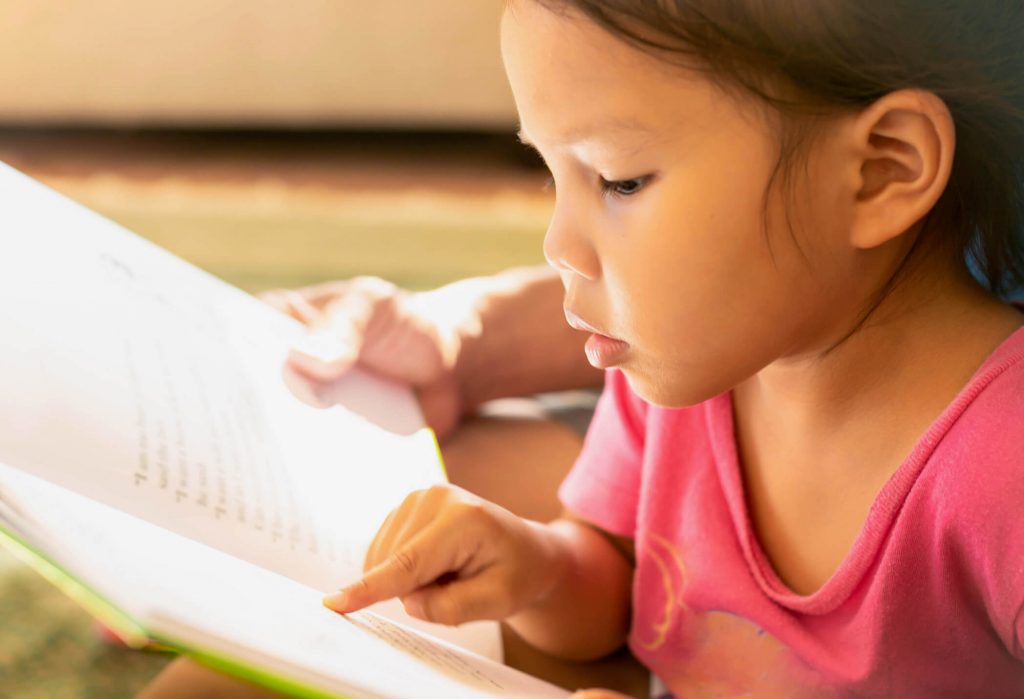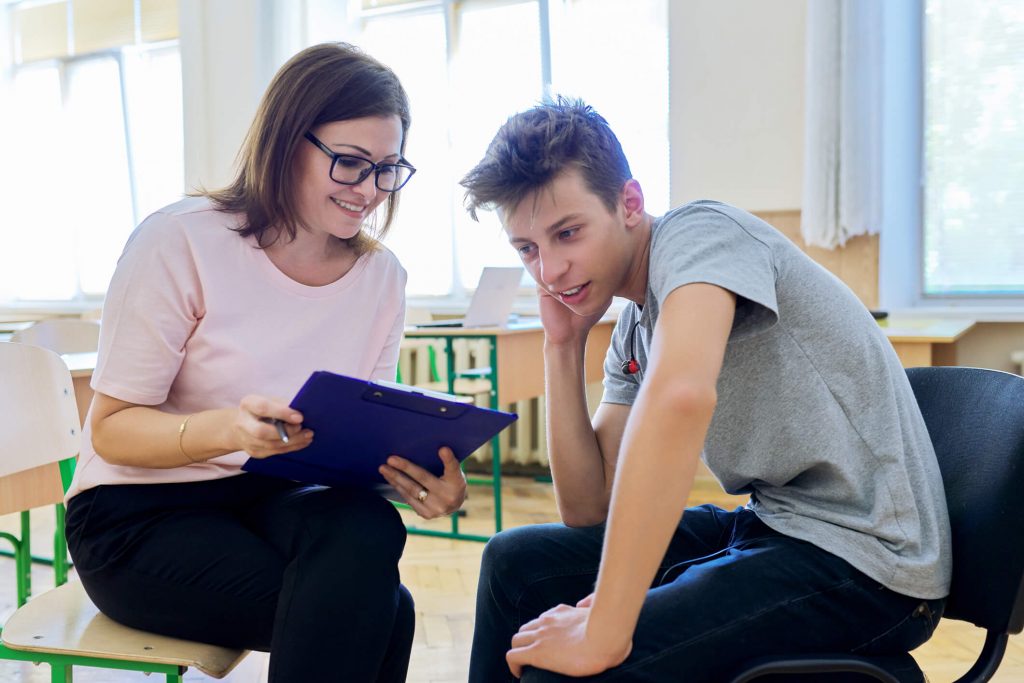
In a June 2020 Ed Week article, How will schools measure English learners’ ‘COVID-slide’ learning loss? it is assumed that students, especially multilingual learners, have re-entered school ‘behind’ with ‘academic gaps’ due to circumstances surrounding the pandemic. Admittedly, there are well-known equity gaps due to language, income, race, and immigration status which have come into greater focus. The crisis has also exacerbated opportunity gaps, as in students’ lack of access to technology or lost time due to unreliable internet connections.
The return to in-person learning at school has prompted the renewal of many pre-pandemic practices, as in the resumption of a testing regimen… but there is no mention of how assessment in multiple languages can provide more accurate information about multilingual learners’ long-term accumulated experiences.
Yet for many multilingual learners, this past year and a half has spurred enriched educational experiences at home and in the community in languages other than English. The question then becomes whether schools should measure multilingual learners’ overall learning, such as from their interactions with family members engaging in cultural traditions or participating in multigenerational storytelling.
Let’s accept the premise that there have been some benefits from the innumerable hours our multilingual learners have spent at home. However, the return to in-person learning at school has prompted the renewal of many pre-pandemic practices, as in the resumption of a testing regimen. Although “formative” assessment tools have been touted as a solution to capturing ‘learning loss’ during remote learning, there is no mention of how assessment in multiple languages can provide more accurate information about multilingual learners’ long-term accumulated experiences.
If schools continue to measure multilingual learners’ ‘COVID slide’ in English and do not value the learning that has and is continuing to occur at home and in the community in multiple languages, how can we ever know the true accomplishments of our students?
Let’s explore three of many ways classroom assessment can advance learning for multilingual learners.

1) Design common assessment across classrooms for local accountability purposes.
Integral to curriculum design, schools and districts should craft assessment tasks embedded in projects or performances where students co-construct descriptors with teachers to serve as evidence of meeting learning targets in one or more languages. Teachers, in turn, should have professional learning opportunities to establish inter-rater agreement on students’ original products based on these same success criteria. Analyzing, interpreting, and reporting local data on a regular basis will offer insights into students’ academic progress and mitigate their ‘learning loss’.
2) Invite multilingual learners to engage in self-assessment as part of the classroom routine.
Students’ social and emotional status affects their achievement; therefore, educators must be aware of the many factors that influence each student’s learning, including personal trauma and family hardships. Inviting multilingual learners to express their reactions to information and issues in the languages of their choice provides a glimpse into their world. An ongoing oral or written recording in a journal, for example, can serve as a self-assessment tool that offers a student’s unique personalized perspective and reaction to learning and life experiences.

3) Leverage the use of multiple languages at home and at school as a viable resource for classroom assessment.
For many schools, these horrific times have prompted establishing or expanding home and community partnerships to facilitate a more seamless transition for multilingual learners and a built-in support system for families. By tapping these bi/multilingual resources and infusing them into curriculum and instruction, the connections between home and school become strengthened. By extension, classroom assessment becomes more authentic and meaningful for multilingual learners.
For some of us, it has taken adversity to open windows to view students’ lives outside of school walls. Even though we are still in the throes of a global pandemic, as educators we must envision how to capitalize on student assets from home and school to ascertain what our multilingual learners can do in one or more languages. If we become vested in advancing learning rather than measuring ‘learning loss’ then classroom assessment should direct us and our students where to go next.
